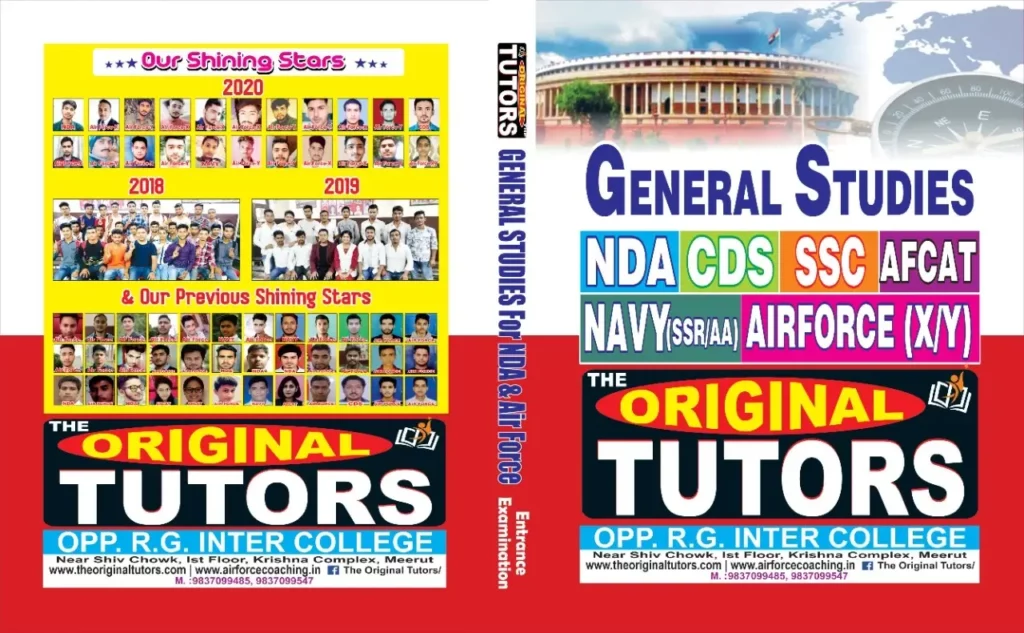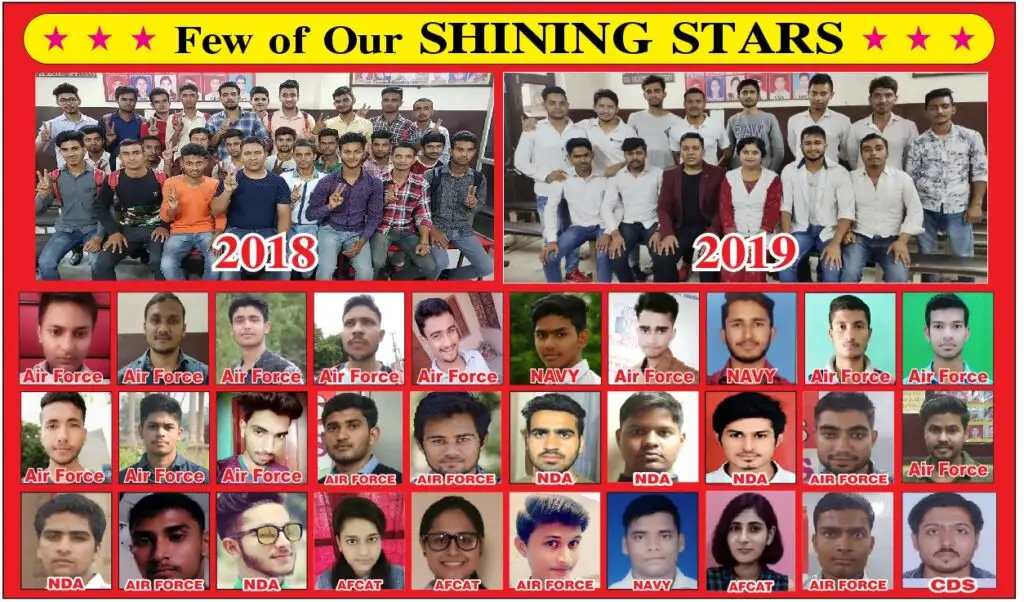Chandrayaan -3 Mission
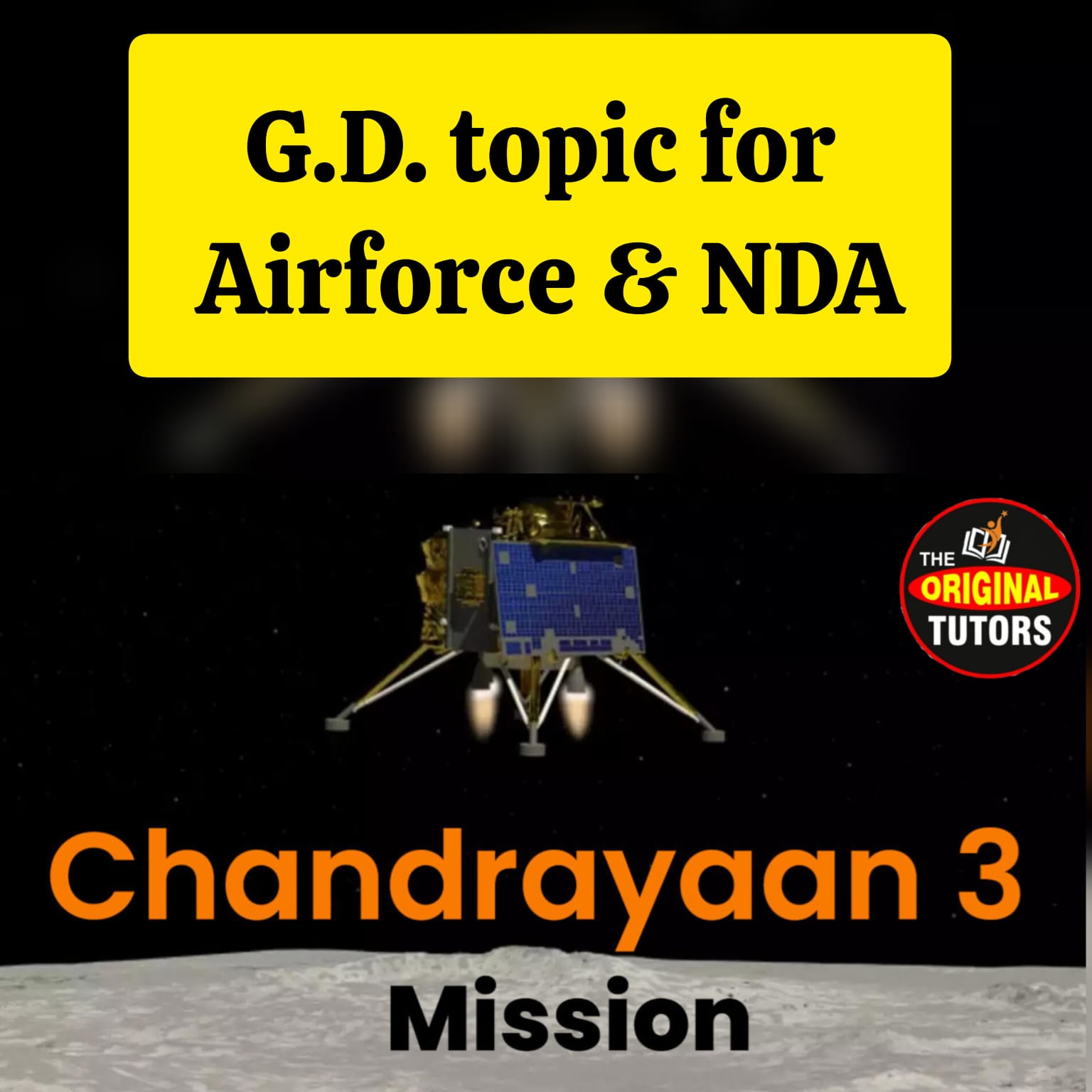
Chandrayaan-3 Mission is India’s 2nd attempt to achieve a soft landing on the Moon’s surface, carrying the hopes of an entire nation, has launched from Sriharikota in Andhra Pradesh in a glorious demonstration of ambition and diligence. Chandrayaan -3 Mission is a project undertaken by the Indian Space Research Organisation (ISRO) to achieve a successful landing on the moon’s surface and deploy a rover to conduct experiments and gather valuable data. The mission is focused on studying the moon’s geology, mineralogy, and exosphere, which will contribute to our understanding of the moon’s origin and evolution.
India’s third moon mission, Chandrayaan-3 Mission, is a continuation of Chandrayaan-2, which was launched in July 2019 and has as its goal to place a rover on the lunar South Pole. The Satish Dhawan Space Centre in Sriharikota has launched the mission on July 14, 2023, using a Launch Vehicle Mark 3 (LVM3). Due to the COVID-19 pandemic’s delay in its production, India is ready to launch Chandrayaan 3 in 2022.
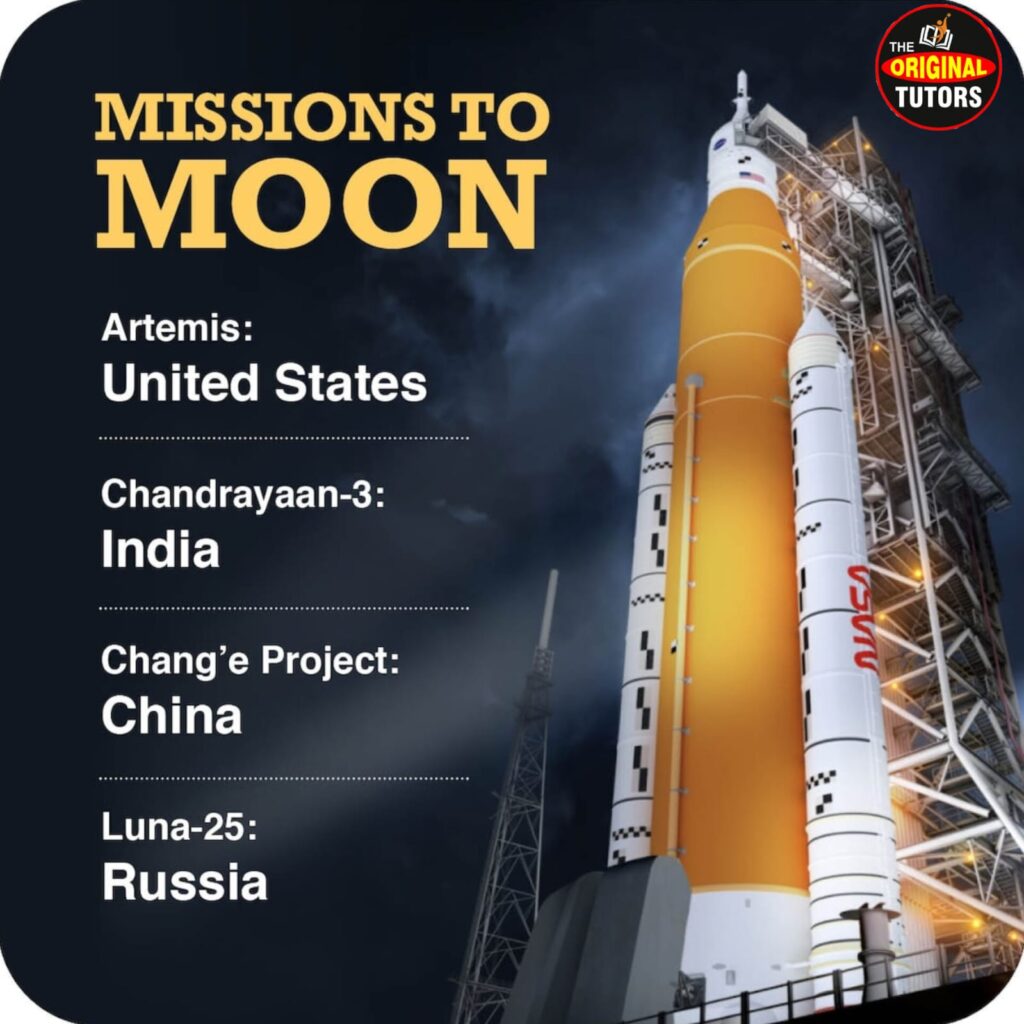
The powerful Mark 3 heavy-lift launch vehicle, commonly known as the Bahubali rocket, is holding the lunar lander, Vikram, in place. The spaceship will travel from Earth to the moon in about a month, with the projected landing day being August 23. Vikram will function on the lunar surface for one lunar day, which is equal to 14 days on Earth. If the mission is successful, India will join the United States, China, and Russia as the fourth nation to successfully conduct a controlled landing on the moon.Mission Objectives:
The mission objectives of Chandrayaan-3 are:
- To demonstrate Safe and Soft Landing on Lunar Surface
- To demonstrate Rover roving on the moon and
- To conduct in-situ scientific experiments.
Chandrayaan 3 aims to conduct a soft landing on the lunar surface and deploy a rover to explore and analyze the Moon’s geology, surface composition, and potential resources. By studying the lunar regolith, the mission aims to shed light on the Moon’s origin, evolution, and potential for supporting future human missions. Chandrayaan 3’s scientific objectives are aligned with expanding humanity’s understanding of the Moon’s mysteries.
Chandrayaan 3 will primarily target the Moon’s southern pole because it has more shadowed space than the northern pole. These regions of the lunar surface may have a constant supply of water, according to scientists. Additionally, the craters found at the southern pole are of great interest to scientists.
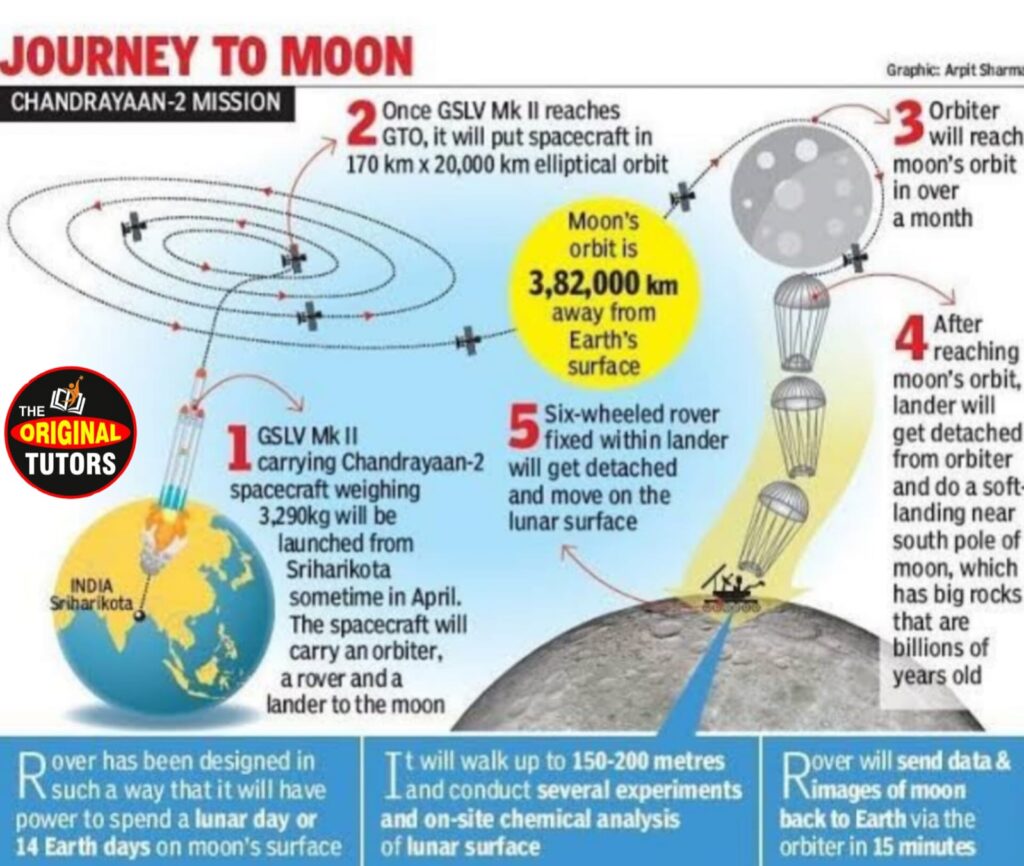
Chandrayaan -3 Mission : Features
The objectives of scientific payloads planned on Chandrayaan-3 Lander Module and Rover are provided below:
| Sl. No | Lander Payloads | Objectives | |
|---|---|---|---|
| 1. | Radio Anatomy of Moon Bound Hypersensitive ionosphere and Atmosphere (RAMBHA) | Langmuir probe (LP) | To measure the near surface plasma (ions and electrons) density and its changes with time |
| 2. | Chandra’s Surface Thermo physical Experiment (ChaSTE) | To carry out the measurements of thermal properties of lunar surface near polar region. | |
| 3. | Instrument for Lunar Seismic Activity (ILSA) | To measure seismicity around the landing site and delineating the structure of the lunar crust and mantle. | |
| 4. | LASER Retroreflector Array (LRA) | It is a passive experiment to understand the dynamics of Moon system. | |
| Sl. No | Rover Payloads | Objectives |
|---|---|---|
| 1. | LASER Induced Breakdown Spectroscope (LIBS) | Qualitative and quantitative elemental analysis & To derive the chemical Composition and infer mineralogical composition to further our understanding of Lunar-surface. |
| 2. | Alpha Particle X-ray Spectrometer (APXS) | To determine the elemental composition (Mg, Al, Si, K, Ca,Ti, Fe) of Lunar soil and rocks around the lunar landing site. |
Inspiring the Nation: Fostering Scientific Curiosity
| The Chandrayaan 3 mission has captured the imagination of the Indian population and instilled a sense of pride and inspiration. It has stimulated scientific curiosity and ignited the passion for space exploration among the youth of India. Chandrayaan 3’s success will further inspire future generations to pursue careers in science, technology, engineering, and mathematics (STEM), contributing to the country’s scientific and technological growth. |
|---|
For Further Details of GD and More important GD Topics fir Airforce X/Y Group Visit: http://airforcecoaching.in/airforce-x-y-gd-topics/
For Further Contact Us Please Visit: http://www.theoriginaltutors.com









